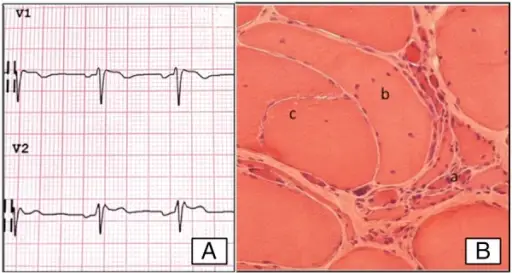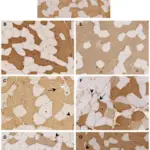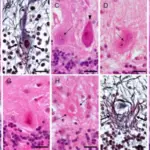Spinobulbar muscular atrophy is a progressive debilitating neurodegenerative disorder that causes muscle cramps and progressive weakness.
What is the Pathology of Spinobulbar Muscular Atrophy?
The pathology of spinobulbar muscular atrophy is:
-Etiology: The cause of spinobulbar muscular atrophy is expansion of a CAG repeat in the first exon of the androgen receptor gene.
-Genes involved: AR gene, located in the X chromosome. CAG trinucleotide repeats.
-Pathogenesis: The sequence of events that lead to spinobulbar muscular atrophy involves expansion of a CAG repeat in the first exon of the androgen receptor gene. The repeat expansion likely causes a toxic gain of function in the androgen receptor protein, which leads to degeneration of motor neurons in the brain stem and spinal cord.
How does Spinobulbar Muscular Atrophy Present?
Patients with spinobulbar muscular atrophy typically affects males and is very rare in females, present at age range of 30 to 50 years old. The symptoms, features, and clinical findings associated with spinobulbar muscular atrophy include muscle weakness, muscle atrophy, and fasciculations. Affected individuals may have gynecomastia, testicular atrophy, and reduced fertility.
How is Spinobulbar Muscular Atrophy Diagnosed?
Spinobulbar muscular atrophy is diagnosed by identifying the number of CAG repeats in the AR gene using molecular techniques such as PCR.
How is Spinobulbar Muscular Atrophy Treated?
Spinobulbar muscular atrophy is treated by supportive treatment. Surgery may achieve correction of the spine, and early surgical intervention should be done in cases where prolonged survival is expected.
What is the Prognosis of Spinobulbar Muscular Atrophy?
The prognosis of spinobulbar muscular atrophy is fair. There is a shortened life expectancy.



